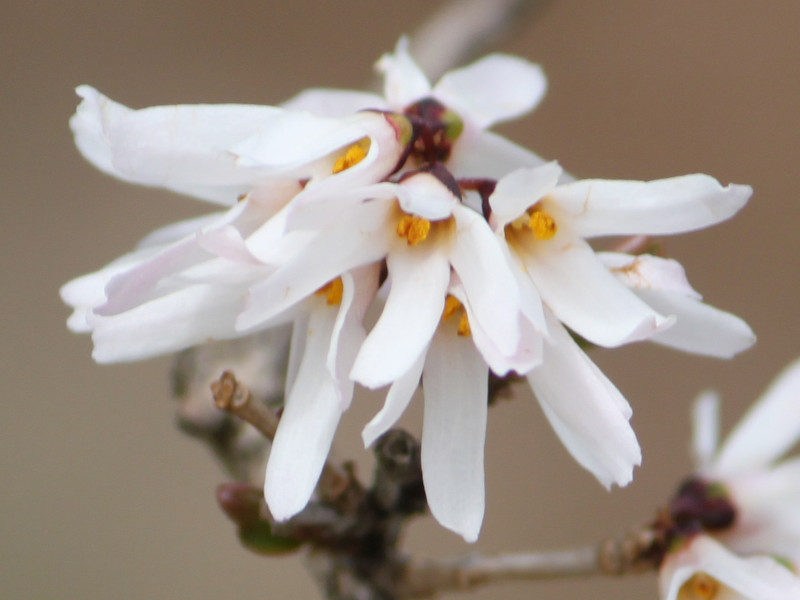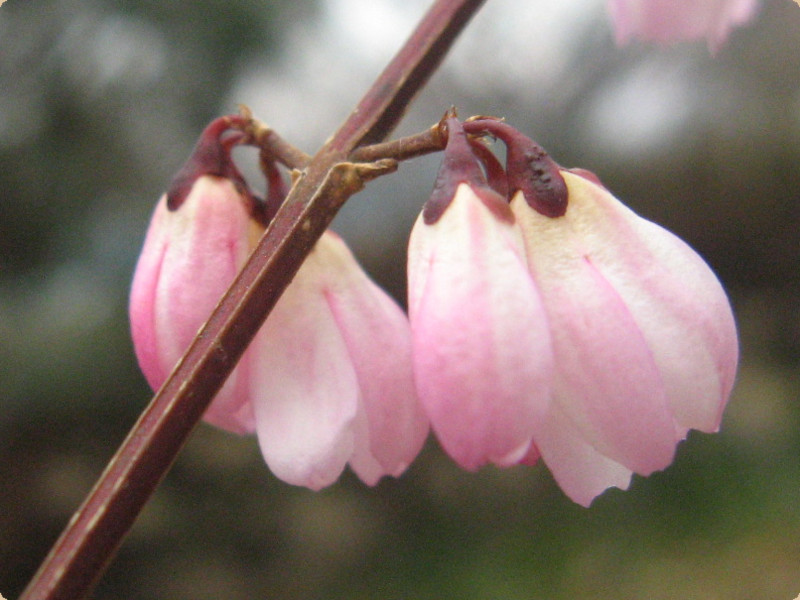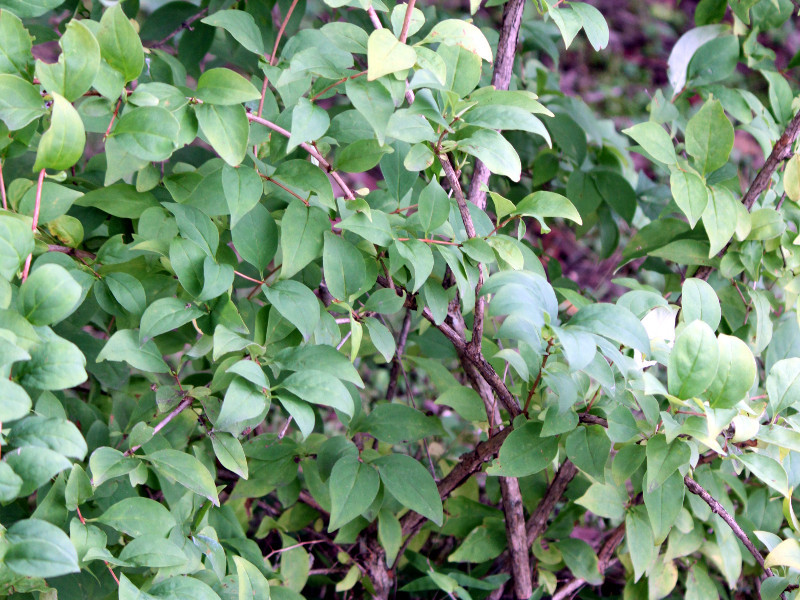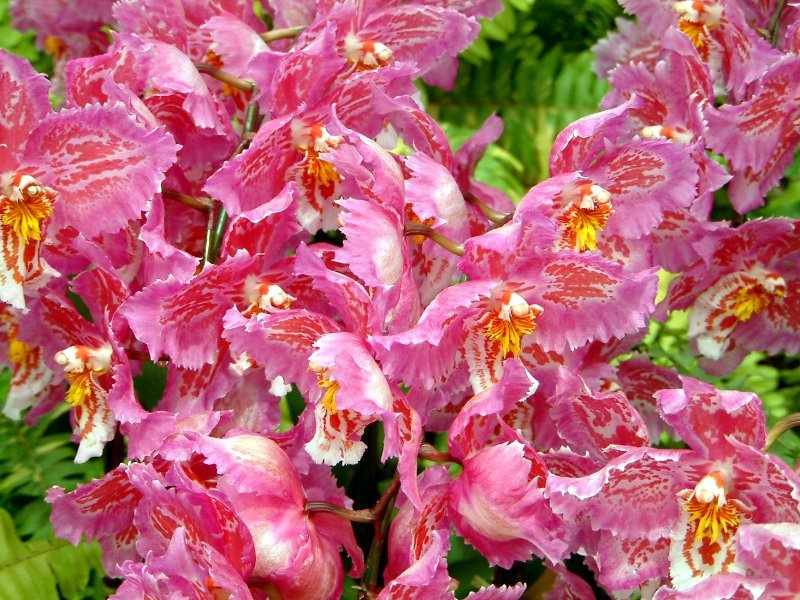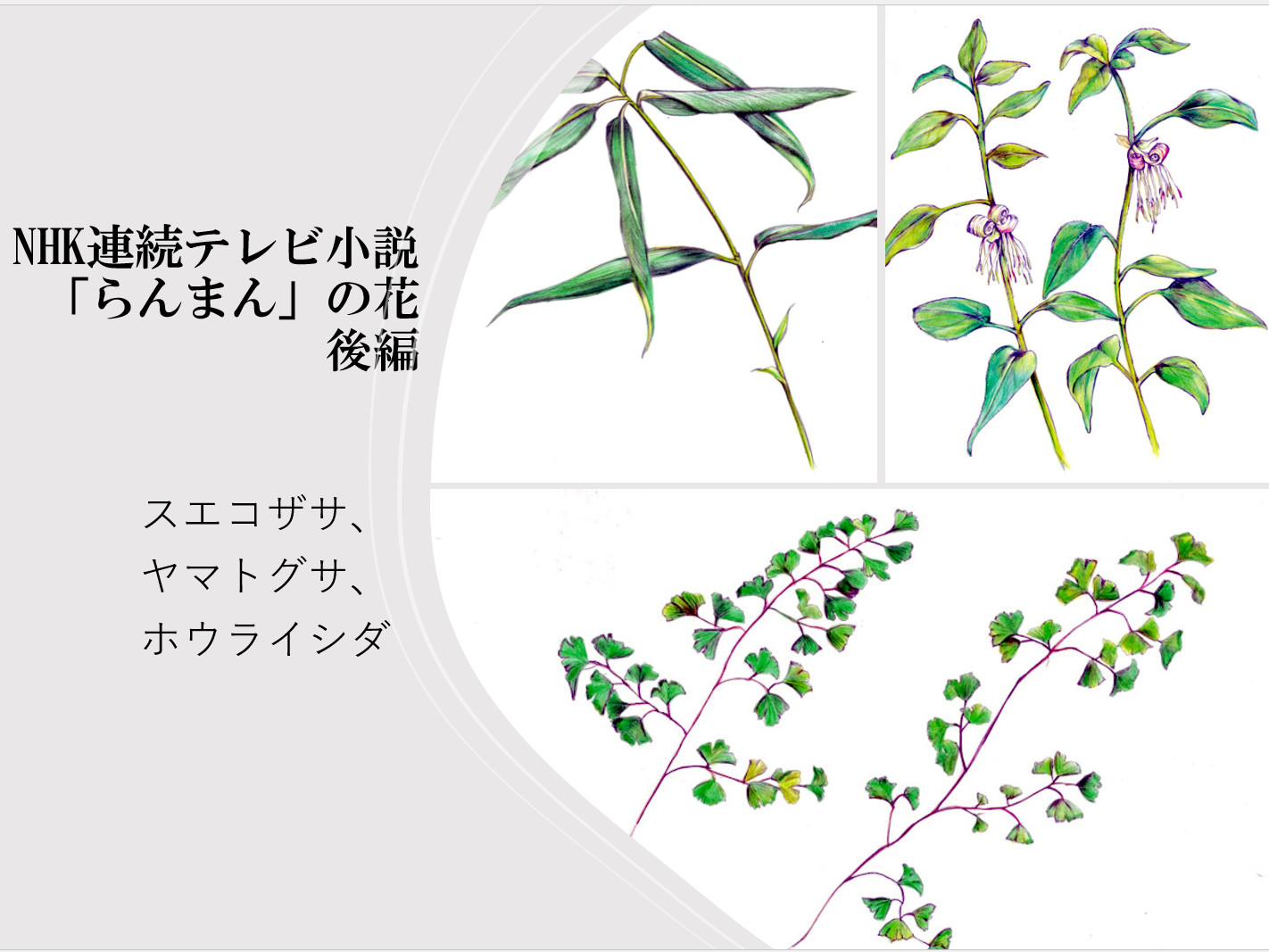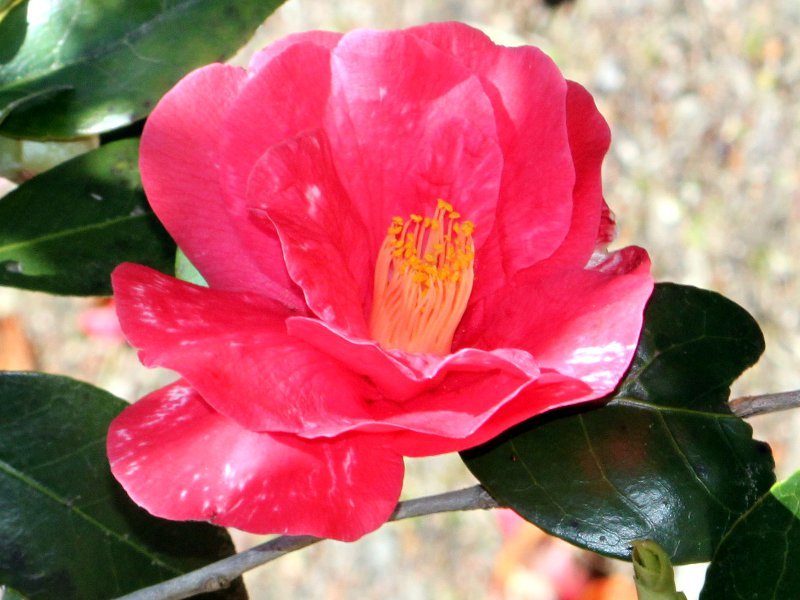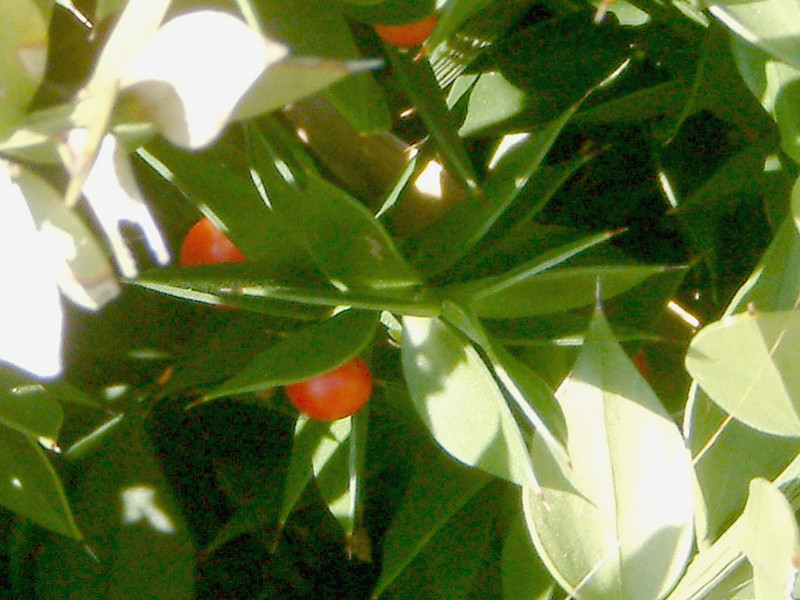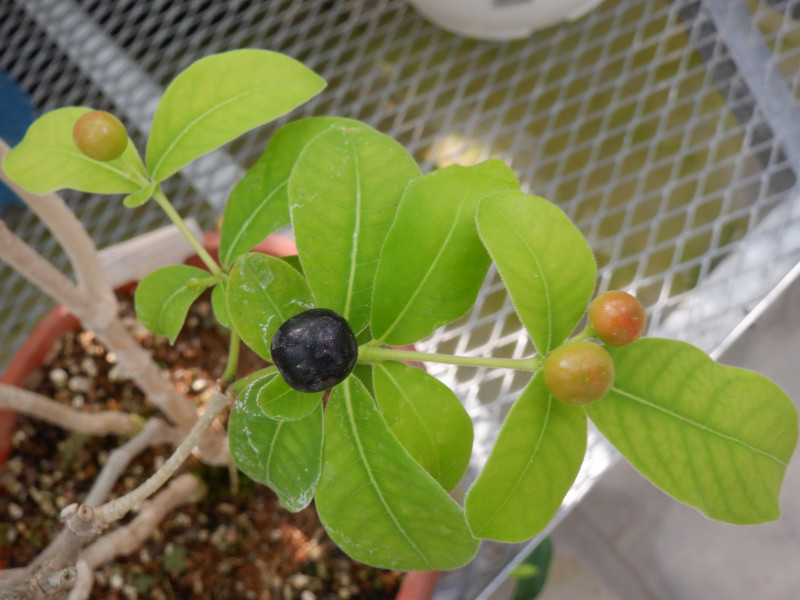Abeliophyllum distichum
- Flower nameAbeliophyllum distichum
- Scientific nameAbeliophyllum distichum
- Alias団扇木, Abeliophyllum distichum, Korean abeliophyllum, Korean abelialeaf, white forsythia, シロレンギョウ, 白連翹
- Place of originKorean Peninsula
- Place of floweringGarden, Park
- Flowering seasonFebruary, March, April
What is Abeliophyllum distichum
Abeliophyllum distichum, Korean abeliophyllum, Korean abelialeaf, white forsythia (Scientific name: Abeliophyllum distichum) is a deciduous broad-leafed shrub in the family Oleaceae, native to the Korean Peninsula. It produces several fragrant flowers downward in early spring, similar to those of the Chinese goldenrod before the new leaves emerge. However, while the Lilienthus has yellow flowers, the Uchiwa-no-Kiwa starts out as a light red flower and turns white as the flowering progresses. The flowers have a four-deep fissure and the tips of the lobes have two shallow lobes and close. The flowers are followed by a capsule with a flat shape. The Japanese name comes from the large wings around the fruit, resembling a fan.
Common name: Abeliophyllum distichum, Scientific name: Abeliophyllum distichum, Also known as the White Lily of the valley, Korean abeliophyllum, Korean abelialeaf, white forsythia, Shrub height: 1-2 m, Leaf shape: pointed and ovate, Leaf Inflorescence: opposite, Leaf length: 6-10 cm, Leaf width: 3-4.5 cm, Leaf margin: full margin, monocotyledonous, dioecious, Flower color: light red to white, Flower diameter: 1.5 cm, Flowering season: February to April, Fruit diameter: 1.5-2 cm, Use: garden tree, park tree.
